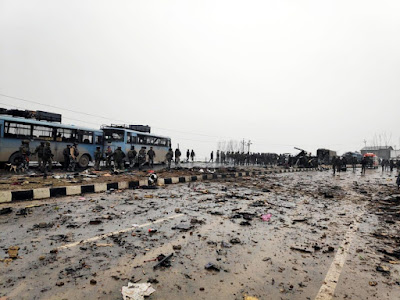1) What is a dashboard?
An ERP dashboard is an easy-to-understand, visually
intuitive graphical representation of key business performance metrics, easily
accessed by users from a single screen. Color coded bar charts, graphs and
other visual depictions of data give users a fast look at key metrics important
to their functional area.
2) What do dashboards have to do with ERP?
It’s important for ERP users to access dashboard
metrics that help track and measure key data that ultimately leads to business
process improvement.
Reports include anything related to how the
business runs. As an example, a dashboard might display downtime monitoring,
production rates, maintenance needs and other real-time reporting. Dashboards
summarize the most important key
performance indicators (KPIs) with charts that are easily
interpreted.
3) Who in the organization usually benefits from
access to a dashboard?
For small to medium manufacturers, the data
visually displayed in dashboards can help keep everyone in the company focused
on performance. A comprehensive dashboard should track data by roles, in
terms of designing displays by most relevant KPIs.
For instance, the production or operations staff
would use a visual dashboard to track inventory accuracy, quality achievements,
production measures, and more. The shipping manager might use a dashboard to
track on-time shipping completion percentage and premium freight costs.
The key is that every role tailors the dashboard view to track those key performance
metrics that are critical to their functional area.
4) Why are dashboards important?
We’ve written about the importance of ERP dashboards and real-time metrics before.
By making mission-critical metrics available to the entire enterprise – in
real-time – companies have a better chance to take action about decisions for a
more competitive business process.
Dashboards provide a context for business
process reengineering. They are important since they provide a
visible, real-time measurement to enable a feedback loop that encourages
functional areas to focus on the tasks, accomplishments and targets that
organization has chosen to highlight.
5) What information should an ERP dashboard
provide?
If a manufacturer uses many IT systems to track
business operations, an executive dashboard should pull data and ERP reports
from separate systems for an integrated view of the operation. Dashboards are
part of an overall business
intelligence strategy.
Because dashboards are role-based, they also
deliver the security that users only see the charts and graphs that are
relevant to their specific areas. It’s important to build dashboards so
they accomplish the following:
·
Display mission-critical information needed on a
real-time basis to run the business
·
Provide interactive user selections to manage time
frames and risk assessments.
·
Provide the ability to drill down or drill across
from the dashboard to better assist in the decision-making process
Keeping dashboards relevant and helpful to decision
making might require changes to the dashboard. As an example, some
manufacturers that team with our independent ERP consultants find it useful to
use dashboards monitor physical events in real-time (receiving,
production, inventory status changes, scrap, subcontract, shipping, etc.)
Dashboards
should offer the flexibility and ease of use to be a powerful management tool.

No comments:
Post a Comment